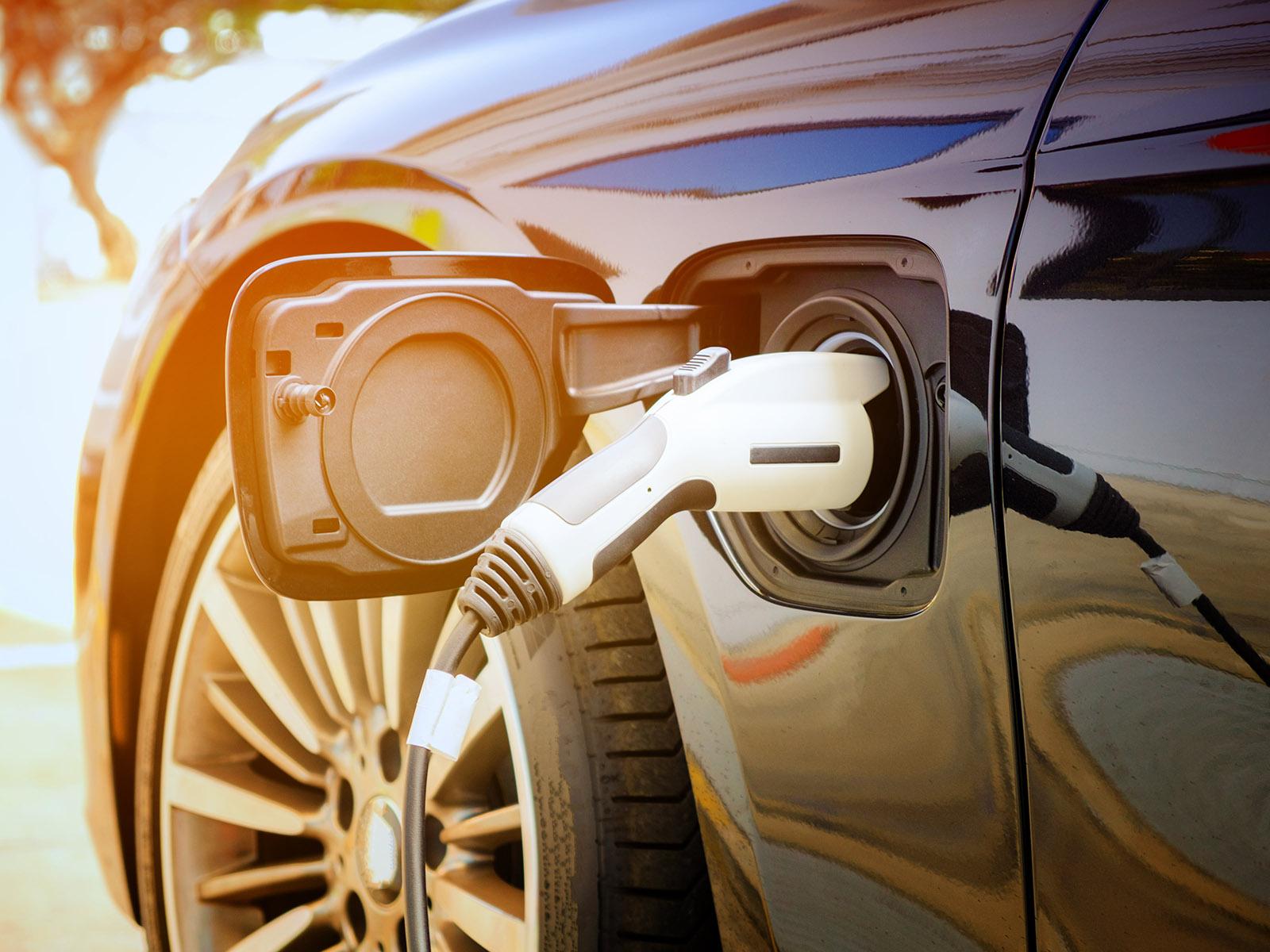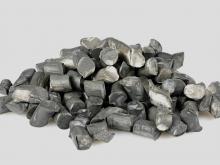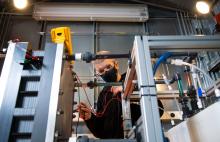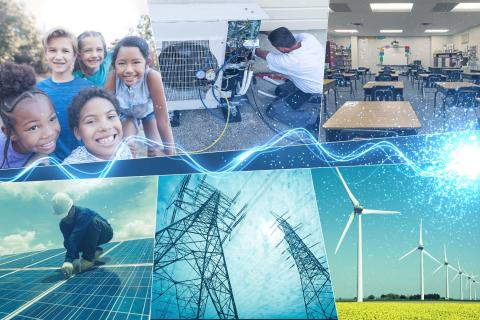World Energy Storage Day 2021
Recognizing the key role energy storage plays in our electricity ecosystem

The effort to create electric-vehicle batteries that last longer, are less expensive and hold more energy is intense among battery researchers worldwide.
(Photo by Tong Patong | Shutterstock.com)
September 22, 2021




